Beyond the Arabic in the Arab World!
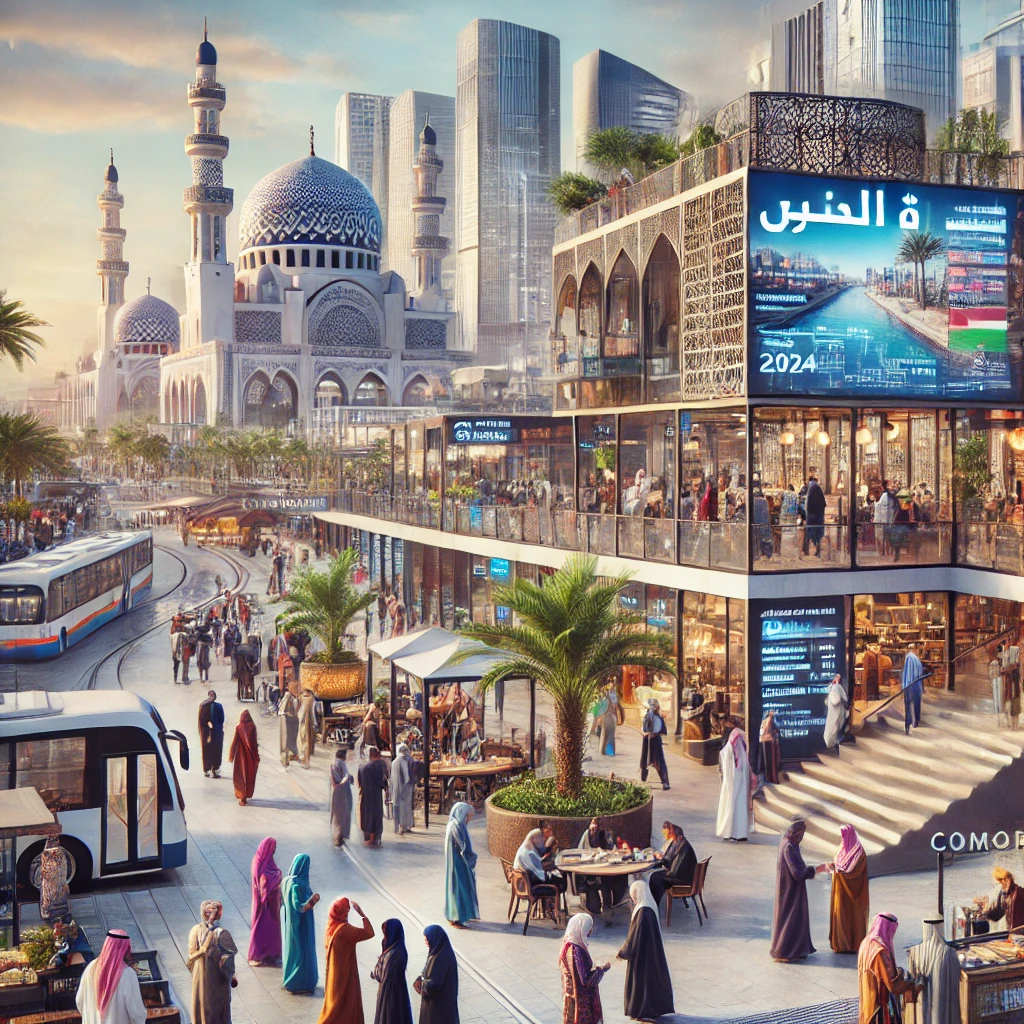
By: Yara Marei / Arab America Contributing Writer.
Imagine a bustling marketplace in an old coastal town. Here, merchants speak different languages: Arabic, Hebrew, Somali, Amazigh, and even Syriac, while exchanging goods and stories. Although their words vary, the meaning behind them feels the same: family, faith, and shared history. These languages are not just sounds; they are threads woven from centuries of interaction among Islam, Christianity, and Judaism, connecting people through a shared past and intertwined beliefs. Beyond the widely spoken Arabic, the Arab world is a tapestry of diverse languages, each with its own history and role in shaping identity. Let’s explore this article brought to you by Yara Marei, Arab America contributing writer, on how different languages beyond Arabic shape daily life in the Arab World!
Arabic, the official language in 26 countries such as Saudi Arabia, Egypt, Jordan, the UAE, and other less common countries, is known to be Arabic in countries like Erteria, Djibouti, Chad, Somalia, Comoros, and Tanzania. Many countries in the Arab world host a variety of languages due to their rich history, ethnic diversity, and cultural connections. Additionally, Arabic is a recognized secondary language in countries like Iran, Turkey, Senegal, Niger, and Mali.
Somalia: A Blend of Many Tongues
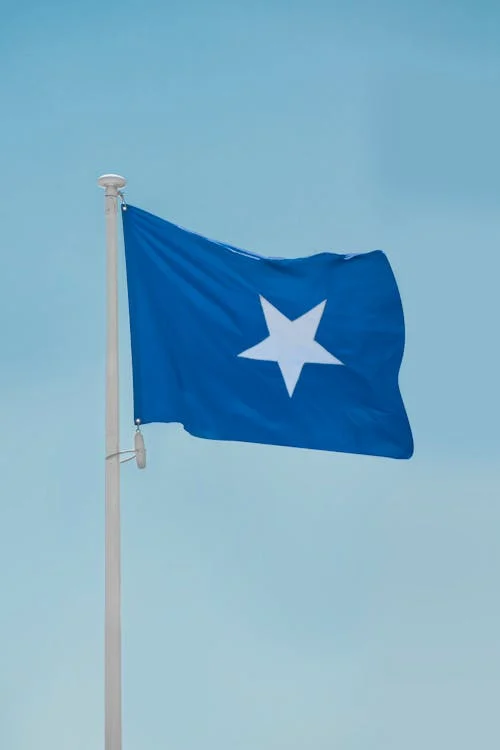
Somalia has a complex linguistic environment, with at least 11 languages identified. Northern Standard Somali is spoken by 60% of the population, making it the most common language. Other important languages include Maay Somali (20%) and Benadiri Somali (18%). While Arabic is one of the country’s official languages, it is mostly used in religious practices.
Several minority languages are also spoken in Somalia. These include two dialects of Swahili and Bajuni, which are common along the southern coast. The Mushunguli language, spoken by the Bantu minority in southern Somalia, has its roots in Tanzania, where it is known as Zigula. In addition, some communities use Somali Sign Language.
Eritrea: Home of Tigrinya and Hebrew
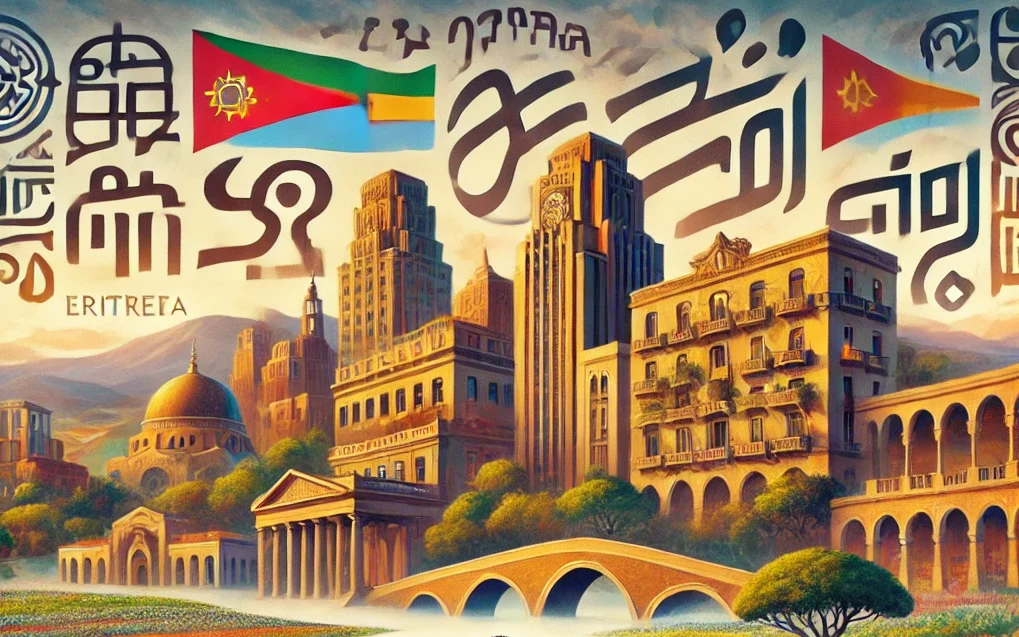
In Eritrea, Tigrinya is the most widely spoken language. It shares historical connections with other Afro-Asiatic and Sematic languages, such as Arabic and Hebrew. While Arabic and English are used for official communication and education, Eritrea’s population is divided into nine ethnic groups, each with its own language.
The capital city, Asmara, is famous for its beautiful architecture—a legacy of Italian colonization. Eritrea’s economy relies on agriculture, mining, and fisheries.
Chad: A Linguistic Mosaic with Over 130 Languages
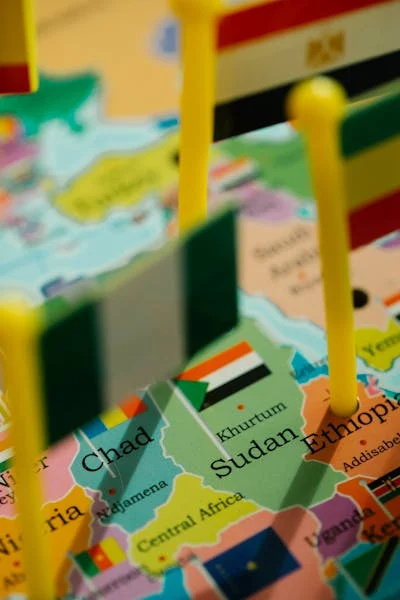
Chad is one of Africa’s most linguistically diverse countries, with more than 130 languages. French and Arabic are the official languages, but many locals speak Chadian Arabic in everyday situations.
The languages of Chad belong to three major language families:
- Afro-Asiatic
- Nilo-Saharan
- Niger-Congo
Some of the most spoken local languages include Ngambay and Sara. This linguistic diversity reflects the country’s ethnic richness and cultural variety.
Mauritania Amazigh and Cultural Bridge
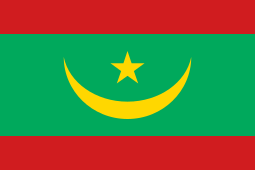
Mauritania, located between North Africa and Sub-Saharan Africa, serves as a cultural link between the two regions. Arabic is the official language, but French and other African languages are also widely spoken. The Sahara Desert covers much of Mauritania, and the country was mostly nomadic until the 1970s when droughts forced people to settle in cities.
The Amazigh (Berber) languages are spoken across Algeria, Morocco, and Mauritania. Some of the most notable varieties are: Kabyle (in Algeria), Tarifit (in northern Morocco), Tamazight (in central Morocco), and Tamahaq (spoken by Tuareg communities in southern Algeria and Mauritania)
These languages are part of the Afro-Asiatic family. Some ancient forms of Amazigh, such as Old Libyan (Numidian) and Old Mauretanian, are now extinct but remain a subject of ongoing research.
Djibouti Multilingual Hub
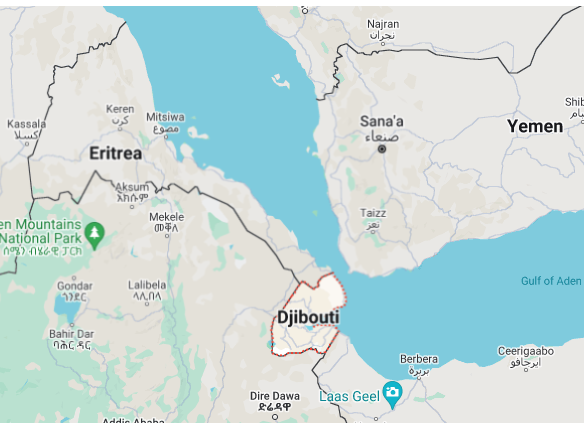
Djibouti, though small in size, is rich in languages and cultures. Arabic and French are the official languages, but most people speak Somali or Afar in daily life. French is essential for political careers, while Arabic is used in schools and religious settings.
Djibouti’s position as a gateway between African and Arab cultures is reflected in its linguistic diversity.
The Yezidi Language Debate

The Yezidi people, a religious minority mostly found in Iraq, use different languages depending on the region. Some speak Aramaic or Arabic, while others use Kurmanji or Ezidiki, both of which are dialects related to Kurdish. Linguists note that Kurmanji spoken by Yezidis is distinct from other Kurdish dialects, such as Sorani and Horami, making its classification challenging and politically sensitive.
Syriac: A Semitic Language with a Long History
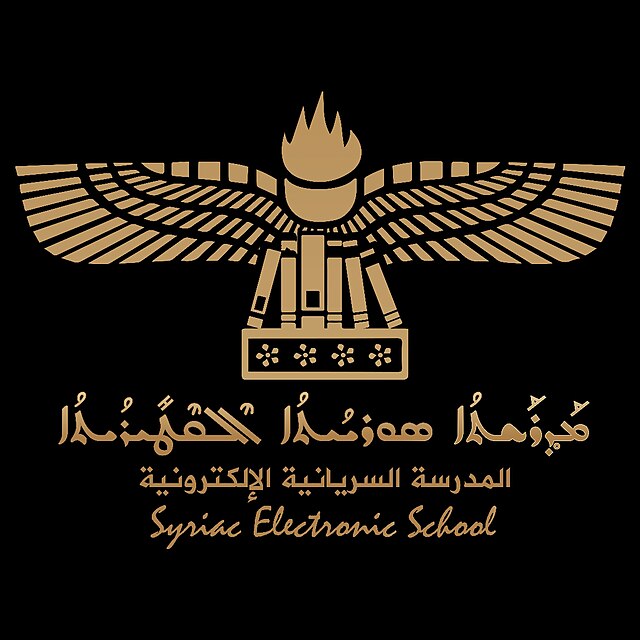
Syriac, a dialect of Aramaic, has been used since the 1st century AD. It became a major language in Syria and Mesopotamia and was central to the development of Syriac Christianity. Between the 4th and 7th centuries, Syriac literature flourished, contributing greatly to religious and cultural thought. Today, Syriac continues to be used as a liturgical language by Christian communities worldwide.
Comoros: A Unique Blend of African, Arab, and French Heritage
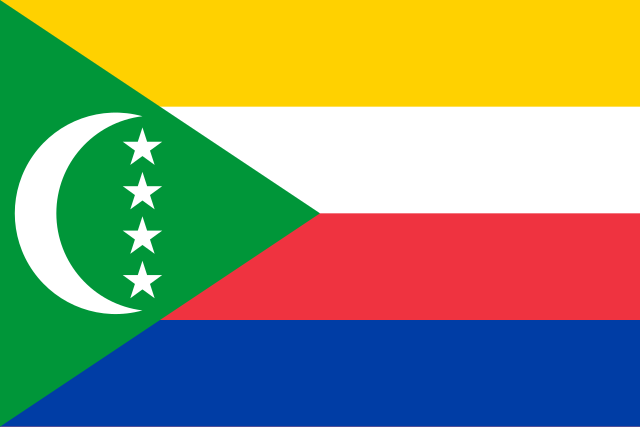
The Comoros Islands lie in the Indian Ocean off the coast of East Africa and consist of three main islands. A fourth island, Mayotte, is administered by France, though Comoros continues to claim it. As the only Arab League member located entirely in the Southern Hemisphere, the Comoros reflects both African and Arab influences.
Comoros recognizes Comorian (Shikomori), French, and Arabic as official languages. While Arabic is mostly used for religious purposes, French is the primary administrative language. Shikomori, a Swahili dialect, is widely spoken in daily life, embodying the island’s cultural blend.
Dar Al-Salaam: A Cultural Hub in Tanzania
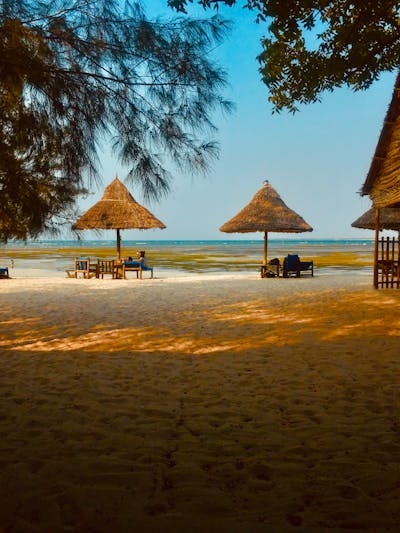
In Dar es Salaam, the bustling metropolis of Tanzania, Swahili (Kiswahili) serves as both the national and unifying language. It is used in everyday communication, education, government, and media, forming the heart of the city’s identity. English, Tanzania’s second official language, plays a significant role in business, tourism, and higher education, reflecting both the country’s colonial history and its modern role in international trade.
Dar es Salaam’s population is highly diverse, with a mix of native Tanzanians, Arabs, South Asians, and expatriates. This diversity brings other languages into the fold, such as Arabic, Gujarati, Hindi, and local Tanzanian dialects. The city’s linguistic variety fosters cross-cultural interactions, creating an inclusive and dynamic environment where people of different backgrounds connect seamlessly.
Brotherhood and Unity
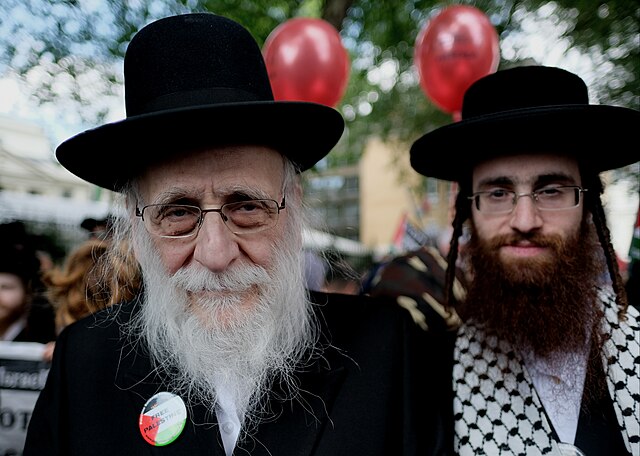
The Arab world and nearby regions are far more linguistically diverse than many realize. Arabic is the primary language in most countries, but many others, such as Somali, Tigrinya, Amazigh dialects, and Syriac, are spoken and reflect the complex cultural, historical, and ethnic fabric of these societies. Understanding these languages helps us appreciate the diversity within and beyond the Arab world, where different cultures continue to thrive.
In every corner of the Arab world, languages reflect the deep connections between Islam, Christianity, and Judaism. Across different nations and regions, the bonds of brotherhood, respect, and love transcend individual differences. Our true struggle lies not with each other but with those who seek to divide us by twisting differences into conflict.
As a lovely conclusion, languages open doors to deeper understanding. When we embrace them, we find that love and unity will always triumph, ensuring that the bonds of family and faith outshine any divisions. Together, we move forward, celebrating the richness that our diversity brings.
See our blog here!









